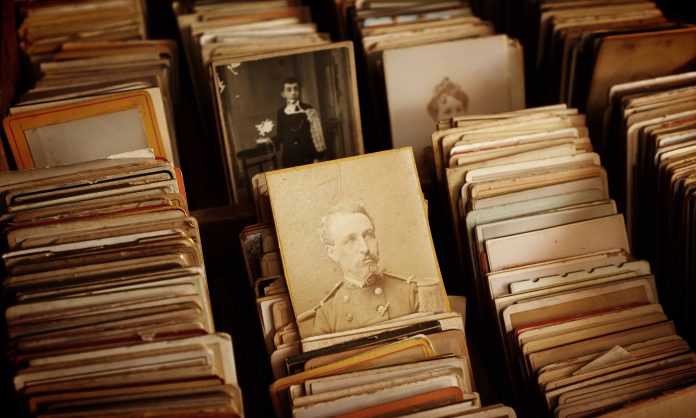
In an article for Writer’s Digest, Kimberly Giarratano offers eight pieces of advice for weaving your family heritage into a novel. “We all come from somewhere,” she says. “We all have cultural gems, so mine those suckers for your work.”
- Write from your cultural point-of-view. People from the same background will have a difference social experience based on where they live and the time period, among many other factors. “Do not feel you need to represent your community, heritage, and culture from all angles,” Giarratano advises. “Weave in a background that is authentic to you. Not everyone will relate, and that’s OK.”
- Don’t forget the food. Giarratano loves food! “In my opinion, not enough characters eat on the page,” she says. “Show your protagonist chowing down on some good home cooking.”
- Watch your language. Social and ethnic groups have their own languages and ways of speaking. Use this in your writing.
- Make it multi-generational. A strong way to convey social norms from within your heritage is to show different generations interacting. Older characters can also provide advice, context, color, and information that your younger characters cannot.
- Bring in the extended family. Similarly, different branches of the family tree can provide color and contrast.
- 6. Celebrate holidays (or don’t). “If I want to sprinkle in some conflict, a holiday meal is the perfect place to do it,” Giarratano says. “Or lack of a meal if it’s Yom Kippur and my character is observant. Imagine tracking a suspect when you’re fasting.”
- Honor the dead. “How one’s family honors the dead can make for excellent storytelling,” she writes. What are your family’s funeral customs? Do your characters visit or avoid cemeteries on holidays? Do they have photos of their deceased loved ones on display? At one extreme, they might have a shrine to a beloved grandmother. At tjhe other, they might hide away anything that might recall a loss.
- Weave in the family lore. “We all have stories passed down to us, so use them,” Giarratano writes. “After all, the best way to honor our background is to bring it into the foreground of our manuscripts.”











